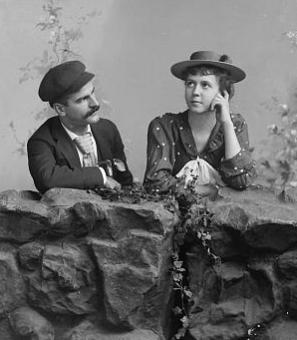It's Raining Bottles at Griffith Stadium: The Music Battle of 1942
On July 23, 1942, Washingtonians packed Griffith Stadium to the gills for a special “Battle of Music” between African American jazz legend Louis Armstrong and white saxophonist Charlie Barnet. In segregated Washington of the 1940s, such an organized interracial competition was a big event and few people — especially in the black community that surrounded the stadium — wanted to miss the “musical fisticuffs.”[1]
Inside the stadium, the musicians’ bandstands were positioned on the baseball diamond facing the spectators sitting in the grandstand. Master of Ceremonies Willie Bryant flipped a coin to see which act would play first and the honor went to Barnet. He and his band played four numbers and then it was Armstrong’s turn. Unfortunately, Satchmo only got to play a few notes before the trouble started.
During Barnet’s set, many in the crowd had grown frustrated that they couldn’t hear the music. As Armstrong began to play, thousands of spectators surged forward onto the baseball diamond. Bryant stopped the show and told the crowd to return to their seats as outnumbered police struggled to restore order. Police eventually decided to let patrons remain on the field as long as they kept back from the stage. But, this did not sit well with those who had paid good money ($1.10!) for box seats and now had their view of the stage blocked.
With the help of 100 or so Army and Navy personnel (white and black) the field squatters were eventually pushed back to their seats, but only temporarily. When the music resumed, many rushed onto the field again.
The scene soon turned ugly. First words, next punches, and then “in one spontaneous burst of indignation, the thousands packed in the stands above the field let go with pop bottles, flasks, and anything else they had.”[2] Following the first volley, “the ammunition was quickly retrieved and returned toward its source.”[3]
As the bottles flew, Willie Bryant pleaded with the crowd to stop. A black man himself, he was keenly aware that authorities were likely to put most of the blame on African Americans, regardless of who was actually at fault. “This is the first time our race has ever been able to get Griffith Stadium for an affair of this sort ... let’s not make it the last time.”[4]
It seems that he had good reason to be concerned. When police finally regained control, the frustrated musicians had packed up their instruments, and thirteen people were arrested on charges of drunkenness and disorderly conduct. Of those who appeared in court the next day, all were black. (Others did not appear in court choosing instead to post collateral or forfeit. Neither the Washington Star nor the Washington Post provides names or races of those individuals.)
All in all, the event must have been a great disappointment to jazz fans, white and black alike. If there’s a silver lining it’s that the injuries were relatively minor — mostly just bumps and bruises.
Footnotes
- ^ "Stadium Battle of Music Turns to Battle Royal: Crowd Engulfs Field; Those Left in Stands Swing with Bottles." The Washington Post, July 24, 1942.
- ^ Ibid.
- ^ “Arrest of 13 Follows Riot of Thousands at Griffith Stadium: Crowds Surge onto Field, Pop Bottles Thrown in Melee at ‘Battle of Music’.” The Evening Star, July 24, 1942.
- ^ "Stadium Battle of Music Turns to Battle Royal: Crowd Engulfs Field; Those Left in Stands Swing with Bottles." The Washington Post, July 24, 1942.


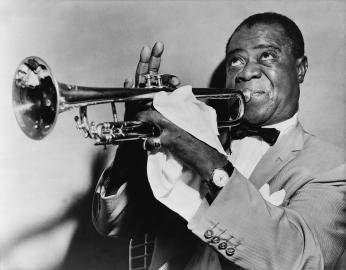
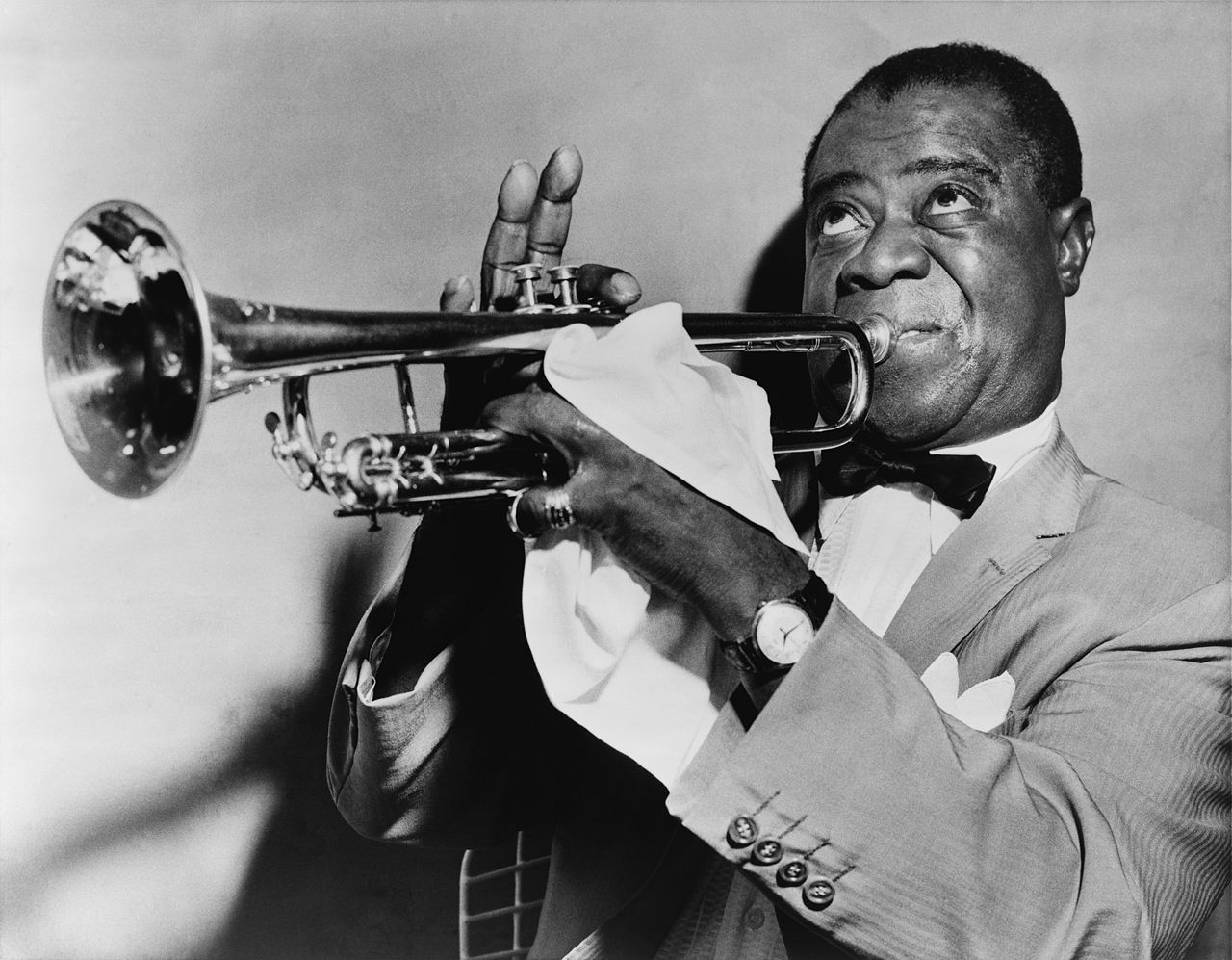
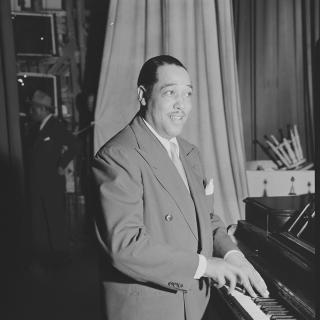
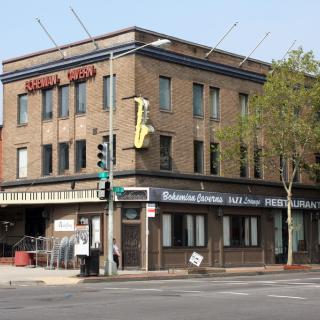

![Sketch of the mythical fuan by Pearson Scott Foresman. [Source: Wikipedia]](/sites/default/files/styles/crop_320x320/public/2023-10/Goatman_Wikipedia_Faun_2_%28PSF%29.png?h=64a074ff&itok=C9Qh-PE1)











